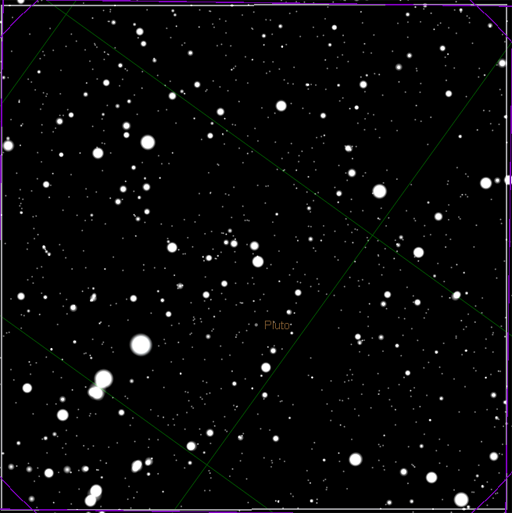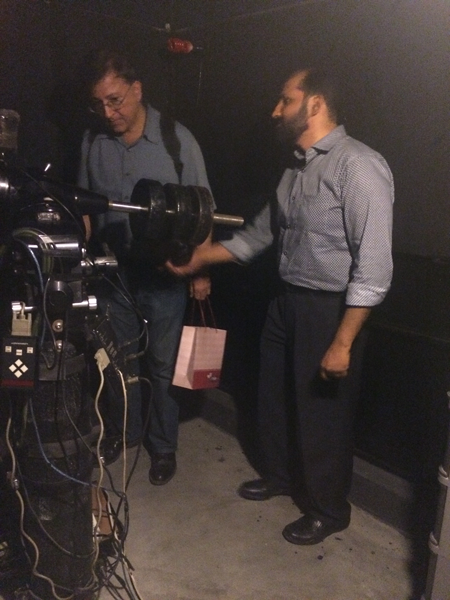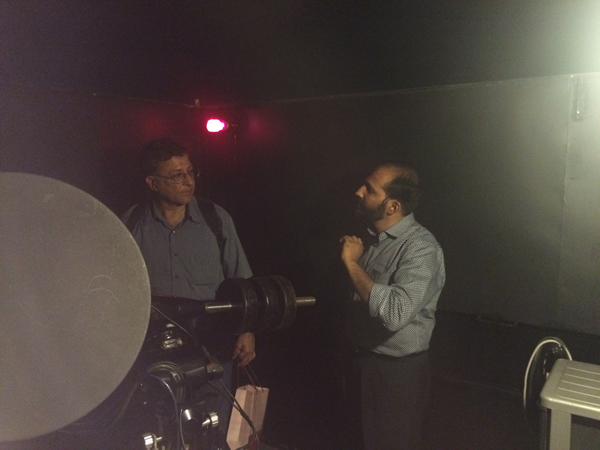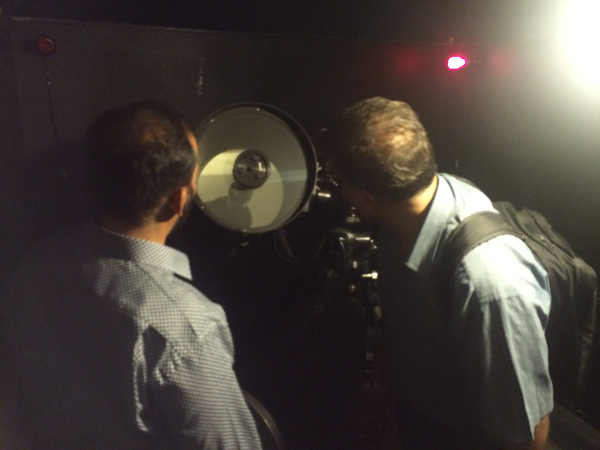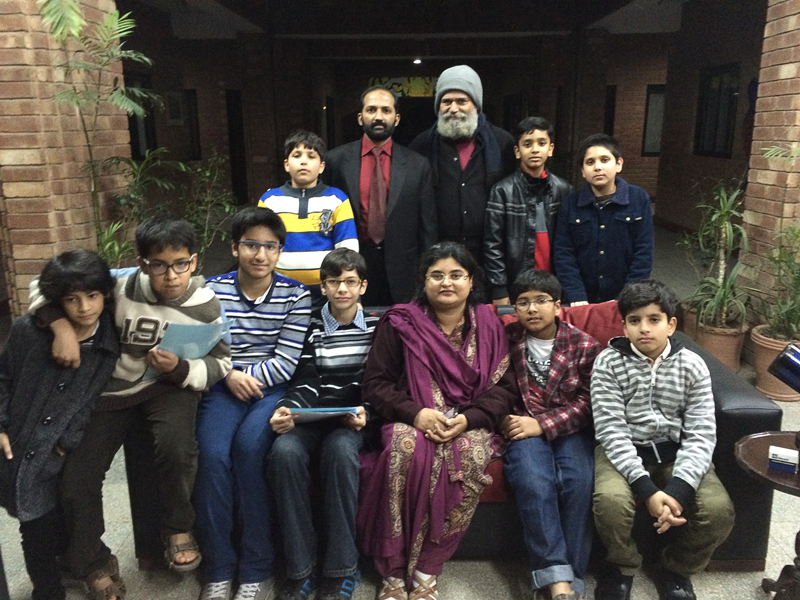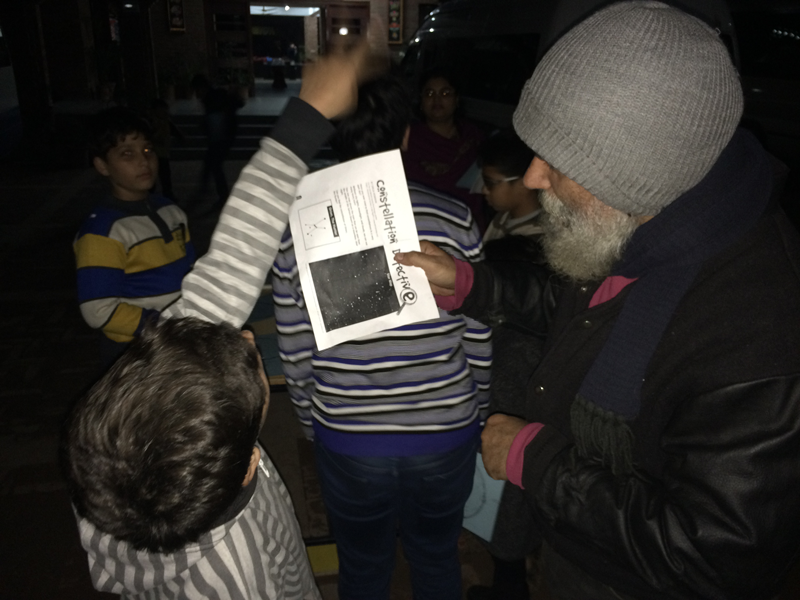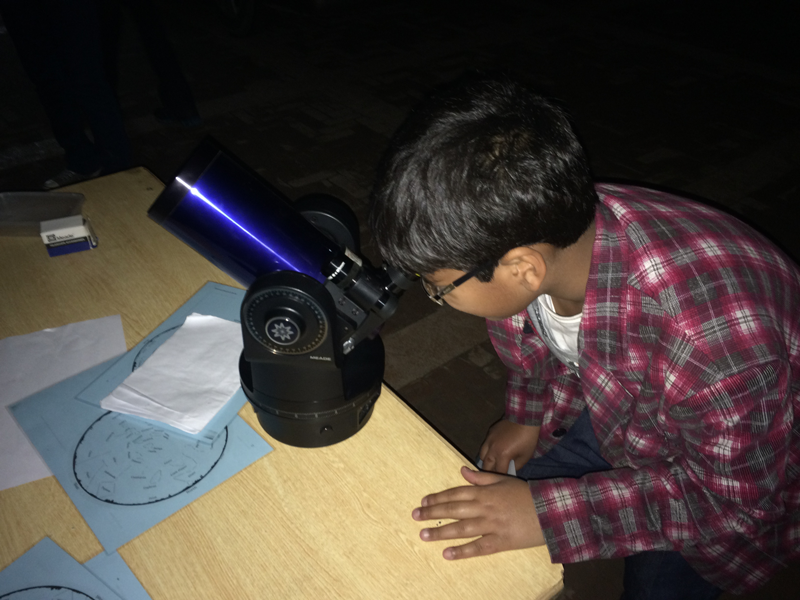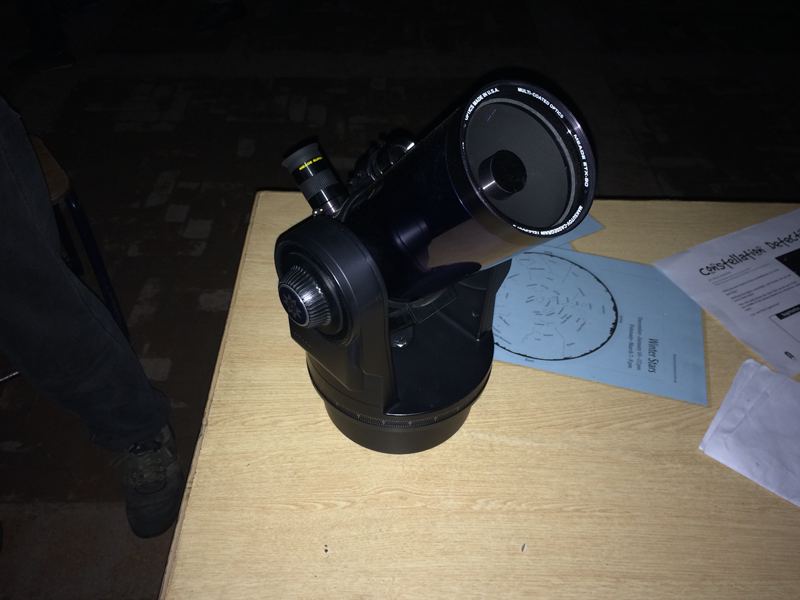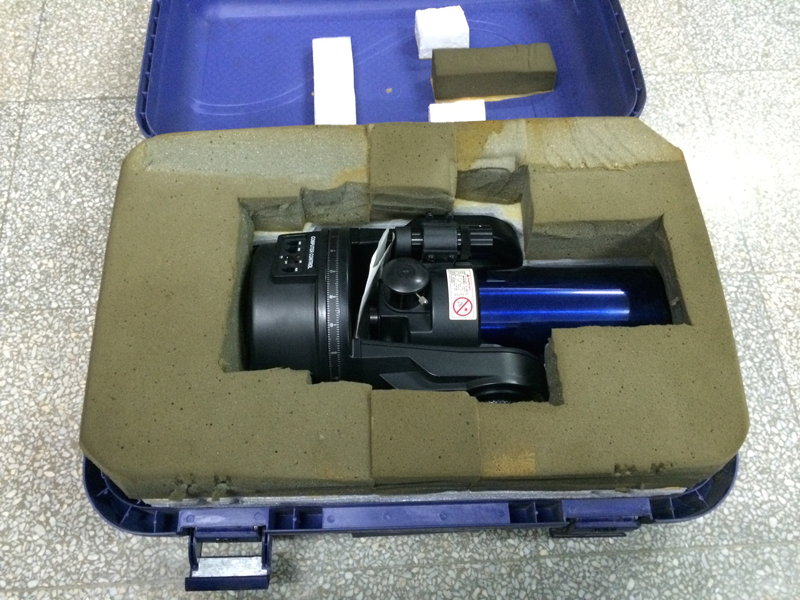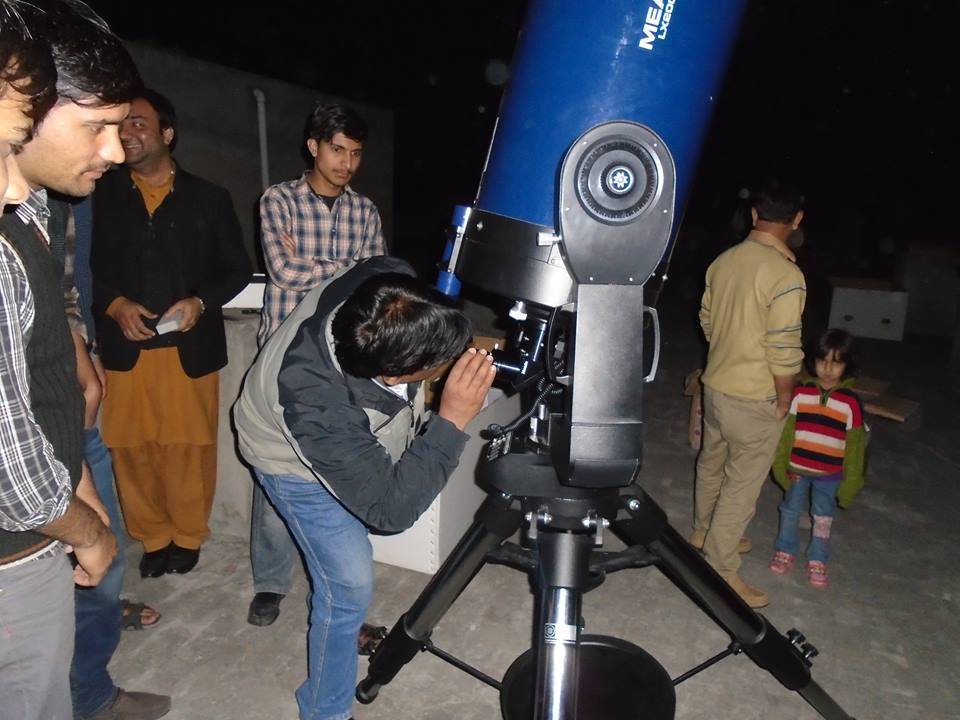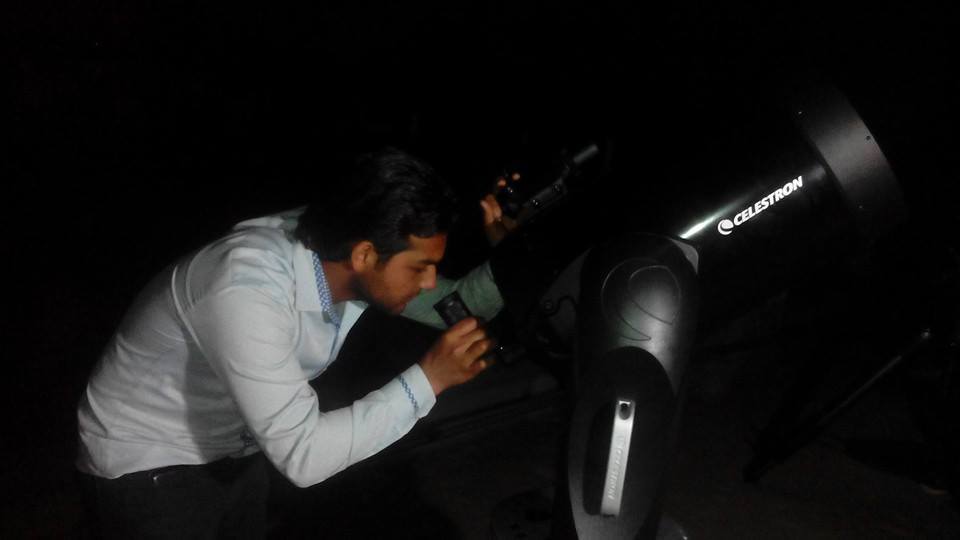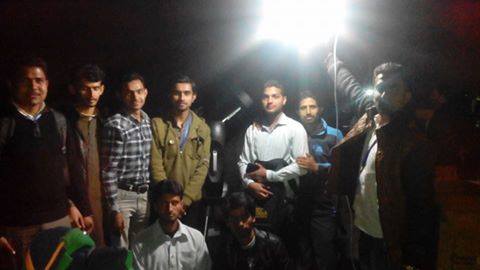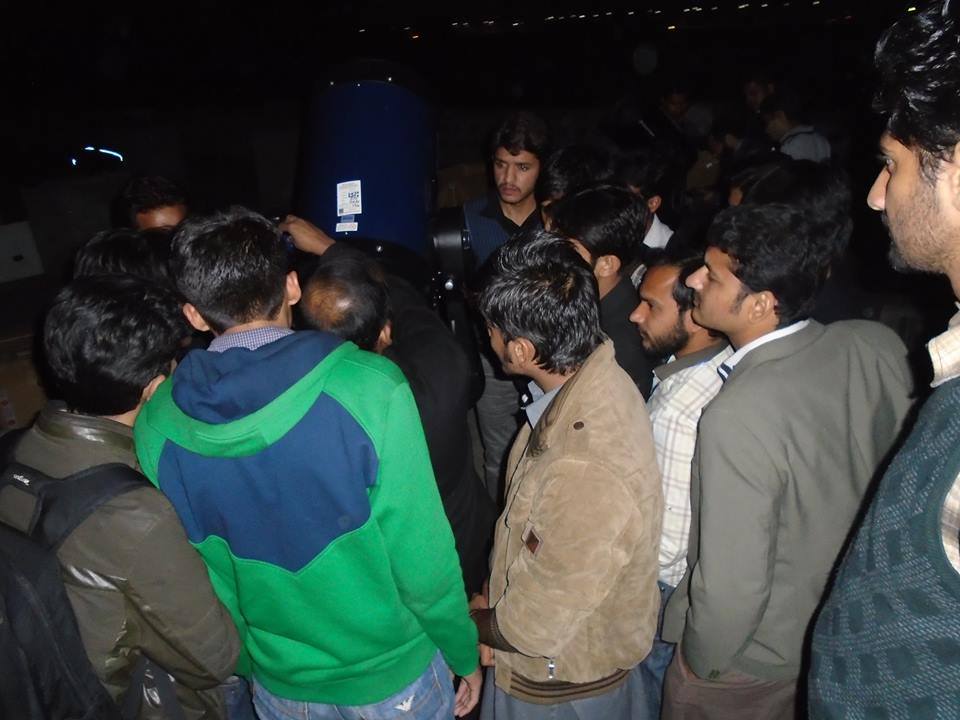Monthly meetings are a regular feature of the Lahore Astronomical Society where a speaker chooses any topic related to Astronomy and gives an informal presentation that is kept audience friendly but informative at the same time.
March's monthly meeting featured Lahore Astronomical Society's Secretary, Roshaan Bukhari, giving a presentation titled, albeit obscurely, 'Almost Messier Objects', which revolved around a whole new category of interesting and relatively easy to see deep sky objects that are not a part of the famed Messier catalog. These objects that did not make it to the Messier catalog are part of what is called the Caldwell Catalog. Named after the famous British astronomer, Sir Patrick Caldwell Moore, this catalog is an amateur astronomer's guide to the wonderful objects that were deliberately, and in most cases unknowingly, missed by Charles Messier in his search for comet-like objects.
The presentation compared the Messier catalog with the Caldwell catalog to make clear the differences between these acclaimed collection of deep sky objects. A handout with a printed map of the night sky, marked with every object of the Caldwell catalog was also distributed among the audience.
The session was highly interactive and the audience, as always, was encouraged to interrupt the presenter at any point for questions or comments.
Soon after the presentation, it was time for the group photo. More than 35 people showed up for the event and that included kids from Lahore Grammar School and staff members including the Administrator of Junior Boys Branch of LGS, Mrs. Shaista Irfan. The event took place at Zeds Astronomical Observatory's meeting room.
President of Lahore Astronomical Society, Umair Asim, giving an introduction before the presentation.













